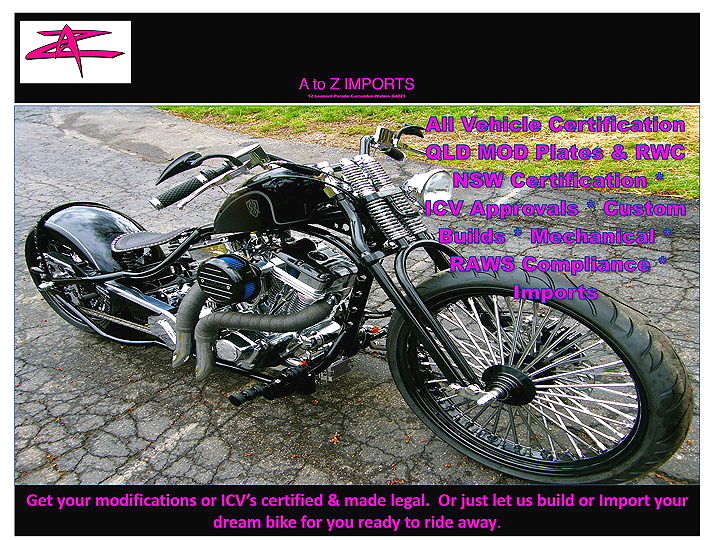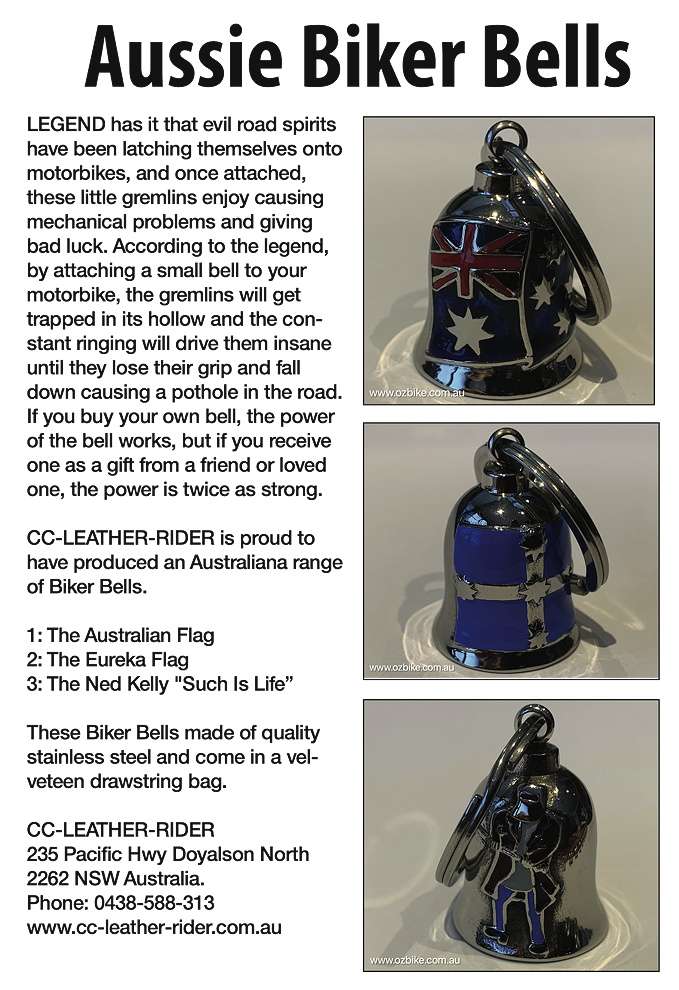Awesome 1973 Bonneville Restoration
“It needed to be bullet-proof, fast and handle like a dream,” said Koo.
THERE ARE times when Thirsty Thursday produces more than a hangover—in desperate need of a new project I nearly fell off my seat when a mate (alias Gary Pick a Fight) said he had a ’73 Bonneville T140V under a tarp that needed swags of TLC. After a 1000 beers and a handshake I was the new proud owner of an unseen original 1973 Triumph Bonneville T140V. Nothing ventured, nothing gained.
Once home and on the workbench, the mind starting ticking. I sat for nights with the pad and pencil and the rebuild started—the café racer look was always in my mind—keep as original as possible, improve all aspects, and create lines and a look to do this old girl proud. It needed to be bullet-proof, fast and handle like a dream.

Strip-down filled the next few weekends. Once laid out on the lounge-room floor, all parts were tagged and sorted. Not much here was going into a total rebuild; just too old. Parts that I could use were packed; small items got re-chrome-plated; all alloy items wrapped and placed into a separate crate for the 100’s and 100’s of hours polishing plus a few.
Frame and other items were tidied up and dropped off to Gold Coast Powder Coating for a complete strip and renew.
Original rims went to John Titman Racing for a total resto adding stainless spokes.
Smith’s tacho and speedo were on a plane to the US of A to be fully reconditioned.
Time to breathe and regroup.
Preston at BJ’s was next port of call for all new parts to remount the swingarm once it returned from the powder-coaters. I’m sure by the end of this build Preston thought I was stalking him! Every day I would be ordering new parts; great bloke with a heap of knowledge.
What I couldn’t pick up new, Mark and Reece at Trades Engineering Burleigh would fabricate for me. These guys are one-of-a-kind and saved me a lot of heartache over the next few years.
Front-end next and there was no way the standard cast trees were going back on this bike. Enter Brandon at Steadfast Cycles California. Top bloke, and with the Australian dollar in such good shape, it was time to play. A few blocks of 6061 grade aluminium and the job was done—new stanchions and seals, Progressive springs were dropped in, oiled up and ready for the polishing bench.
Original disc was drilled; new pads and seals; and three weekends later, I had a rolling chassis made for speed and handling. Not a part was overlooked—all new and even looking fast without a motor.
Front and back guards were shortened inch by inch until I was happy with the lines. All unnecessary holes were welded, metal-filed and ready for a squirt.
Colour of choice—black tint—you don’t get any blacker than that.
Tank went to Phil at A1 MotorCycle Repairs in Nerang; great guy who prides himself on his restoration work. Angel wings were dropped to give the USA tank a wider look. The end result was perfect.
Once rolling it all started to take shape. Emails again to a swag of suppliers here and OS for hundreds of new parts and to Traders Engineering to fabricate all the trick bits and stainless spaces.
Soon it was time to start polishing alloy. You can be either good at polishing early-day alloy or shit! If not careful, you can fuck it up in 2 seconds as it is not as pure as alloy of today. Or be slack and just chrome it—not this black goose. After hundreds and hundreds of hours, skinless fingers and a swag of custom made tools, six zillion tubes of Autosol and all grades of wet-and-dry times lots, I finally had all items to a stage that was near what you see. Kick in OCD! Start again. And again I did. Hint: If your patience is low best spend the money and get a pro to do the job.
After a dry run with the motor in, pipes were set up and tacked; the rear-sets from Frank at Clubman Racing in Connecticut USA installed and other goodies fitted.
The motor was then removed for a visit to friend and mentor John Ryan. With a pressure test we decided that there were more than just rings shot in this motor. A 10 percent drop in pressure is acceptable but a 30 percent drop meant ‘Houston, we have a problem’.
Once the motor was removed and stripped, we could see just how motors should not be built—bores both out of whack, crank not true, gudgeons sloppy; virtually all parts worn if not from another bike and in need of a total rebuild and renewal.
Barrels and head went to Bob Garner’s Engineering in Murwillumbah, with new Wassell valves, OS valve guides and Kibblewhite valve springs all reseated, assembled and returned to John; stripped again and the cc’ing began. All-important for a motor—if the combustion chamber volumes are different from cylinder to cylinder, the energy they produce will be different—not here.
All cases and head were shipped to Greg at Hydrablast and returned better than new. A perfect platform.
Crank, new, plus .040” Hepolite pistons; -.020” big ends and spanking new ’73 rods were on their way to Dave at Crankshaft Engineering for a crank-grind and full balance; set at 74 percent which makes for a great ride.
Cams were great; everything else was renewed. Not much of the old engine remained; near everything inside and out is pretty much brand new.
John then proceeded to blueprint near every item to make sure everything ran like clockwork and all tolerances correct to factory spec.
Morgo oil pump on its way and a swag of goodies to start the final assembly.
Carbies were renewed with Amal 930 Premiers with one-size-up main jet to suit the new short megaphones. Levels were tweaked, cleaned and installed.
Once finished, the exhaust was sent to Competition Coating Archerfield for Pete and Deb to do their stuff.
Podtronics supplied a new stator and regulator rectifier. A Boyer electronic ignition added and the spark was sorted; cams were dialled in, all clearance checked, and now bulletproof.
Sitting for so long, moisture took care of all the internals in the gearbox—pitted with most hard chrome gone—a total rebuild was in store. All new parts, all new gears, inside and out; nothing overlooked; add a few custom-made John trick bits and we had crisp fast changes without skipping gears.
New clutch assembly with a seven-plate set-up did the job.
Sprockets, chain and all other parts renewed, and it was ready for wiring.
Looking neat and tidy, fuel went in the tank, final adjustments were made, and one kick later we had life.
This old girl has been one of the most intensive rebuilds I have done. The talented people I met and helped me over this three-year period are beyond all; cheers heaps.
End result was to a tee with my early thoughts. Handled unreal, went like all-fuck and certainly looks the part.
Value? Priceless.

Photos by Rod Cole; words by Koo










